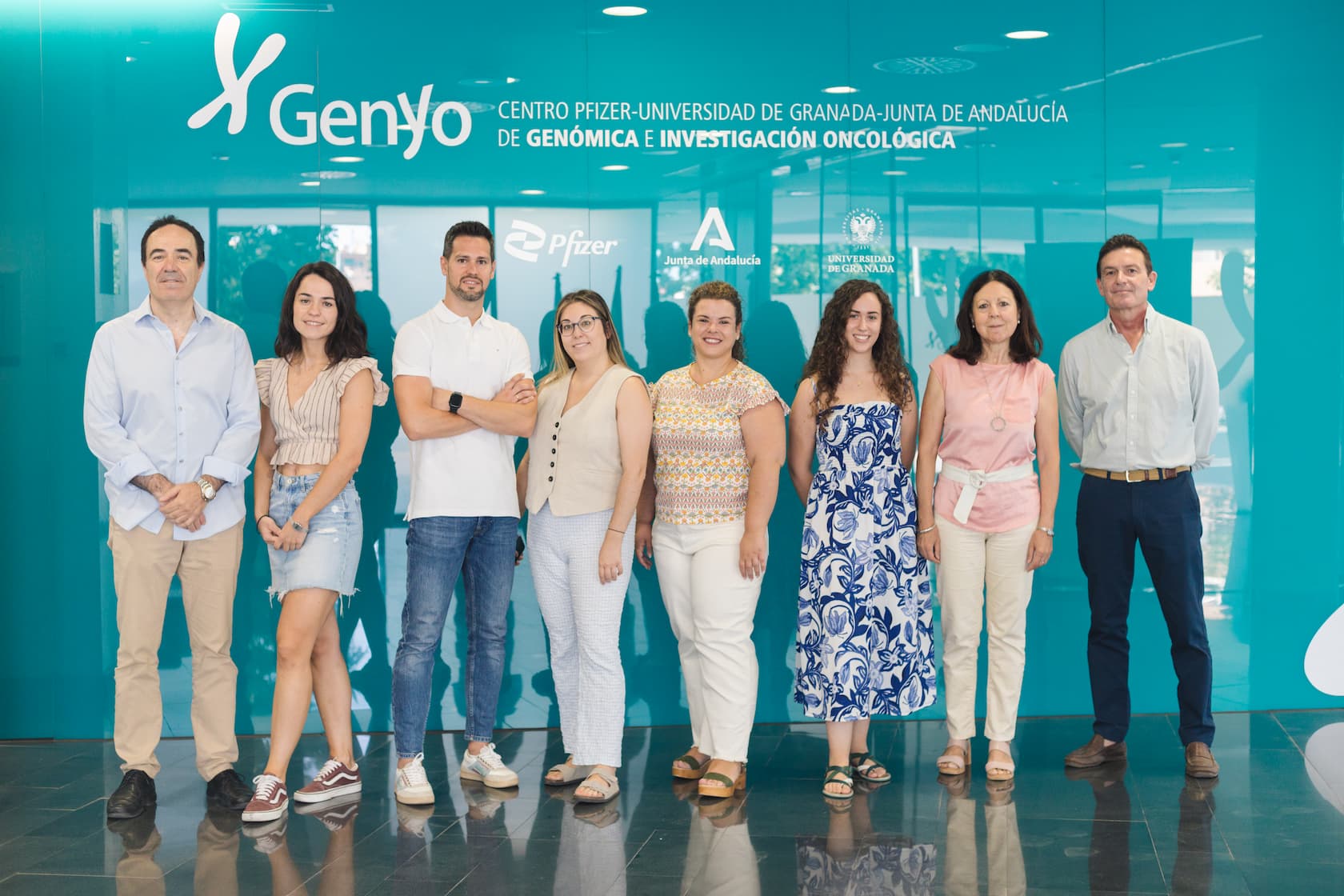Nucleic acids are very flexible molecules that can adopt different conformational structures. While in living systems DNA is mostly organized in the form of a double helix and RNA is single-stranded, guanine-rich sequences exist in alternative structural forms known as G-quadruplex nucleic acids (G4). G4 are made up of four guanine bases arranged in an intracatenary square planar conformation (G tetrad) linked by Hoogsteen hydrogen bonds and further stabilized by an alkaline cation such as K+. The formation of these structures in vivo is very dynamic, but they can be stabilized by interaction with RNA, proteins, peptides or small molecules (ligands). G4 structures alter gene expression through very diverse and different mechanisms, acting as key regulatory elements that alter the nature of epigenetic marks and chromatin architecture. G4 structures are also involved in DNA replication, and can act as repressors or promoters of replication. They have also been implicated in the formation of other DNA secondary structures, such as R-loops.
Our group is interested in the study of the role of non-canonical DNA structures present in our genome and their implication in health. We hypothesize that G4s are of fundamental importance for life and may hold the key to new therapeutic approaches in numerous areas of human diseases, including cancer. The specific mechanisms we are investigating comprise:
- The formation of G4 in repeated DNA sequences and its importance for genomic stability and replication.
- The presence of G4 DNA in gene promoters and transcription regulation.
- The identification of molecules that stabilize the nucleic acid quadruple helix and interfere with specific cellular processes.
We make extensive use of biophysical methods (NMR, UV, CD, and fluorescence spectroscopy) to study quadruplexes and their interactions with molecules. We also use computational (bioinformatics) and genomics methods to explore quadruplexes in genomes. Applying this methodology we have found that molecules that we ingest in our diet, or are secreted by soil microorganisms, are G4 ligands and directly modulate gene expression. This is a discovery that will allow us to apply a new approach to human interactions with the environment and how it affects our health.
We are also investigating the applicability of the microbiome as a biomarker for diagnosing various diseases. Specifically, we are collaborating with Dr. Marta Alarcón and Dr. Concepción Marañón to identify urinary microbiome biomarkers that can aid in diagnosing renal damage in patients with lupus erythematosus. A similar strategy is being applied to identify biomarkers in patients with non-muscle-invasive urothelial bladder cancer and those with metastatic onset.
In addition, we have a line of research in immunotherapy based on single-chain antibodies from camelids. Most antibodies can bind to just one target. But by connecting antibody fragments, new inmunoitherapies called “multispecific” Nb molecules that bind to many different targets at once can be generated. For example, a single therapeutic multispecific Nb molecule might create a bridge between a tumor cell and an immune cell by attaching to several sites on a tumor and an immune cell. This could help the body’s immune system fight cancer. Likewise, mutispecific Nbs can be created to fight autoimmune and inflammatory diseases because these molecules can offer sophisticated targeting strategies in the complex inflammatory network. In this line, we are collaborating with Dr. Francisco Martín (Genyo) to apply this technology in the generation of nano-CAR T for the treatment of solid turmors. This research falls within the area “Personalized medicine” and the line “Advanced therapies for the treatment of cancer, inflammatory diseases and rare diseases. The ultimate goal is the implementation of this therapy at the local hospital level.

